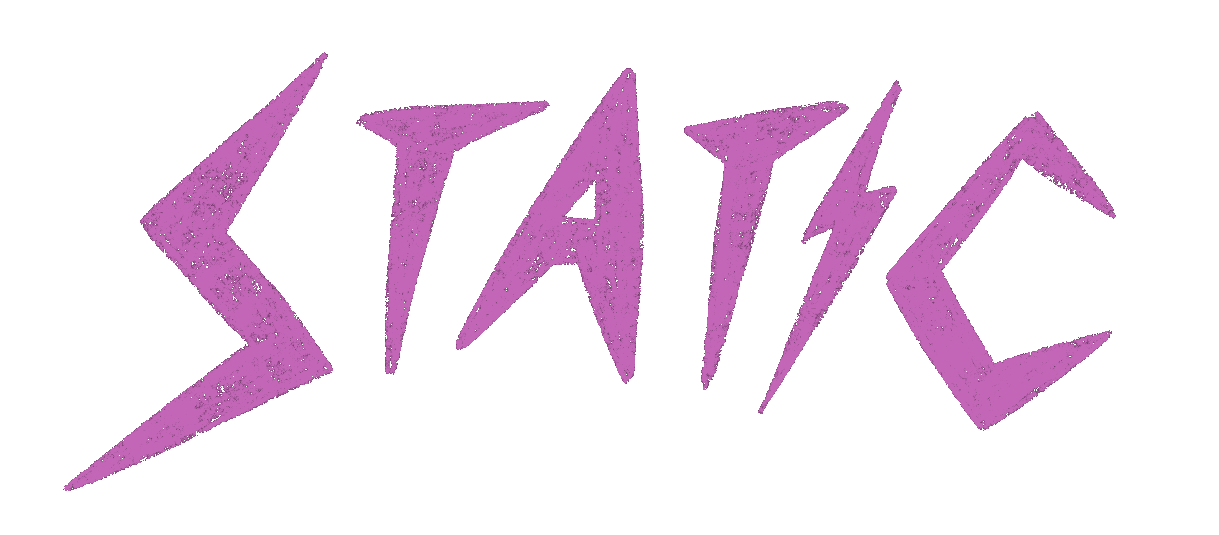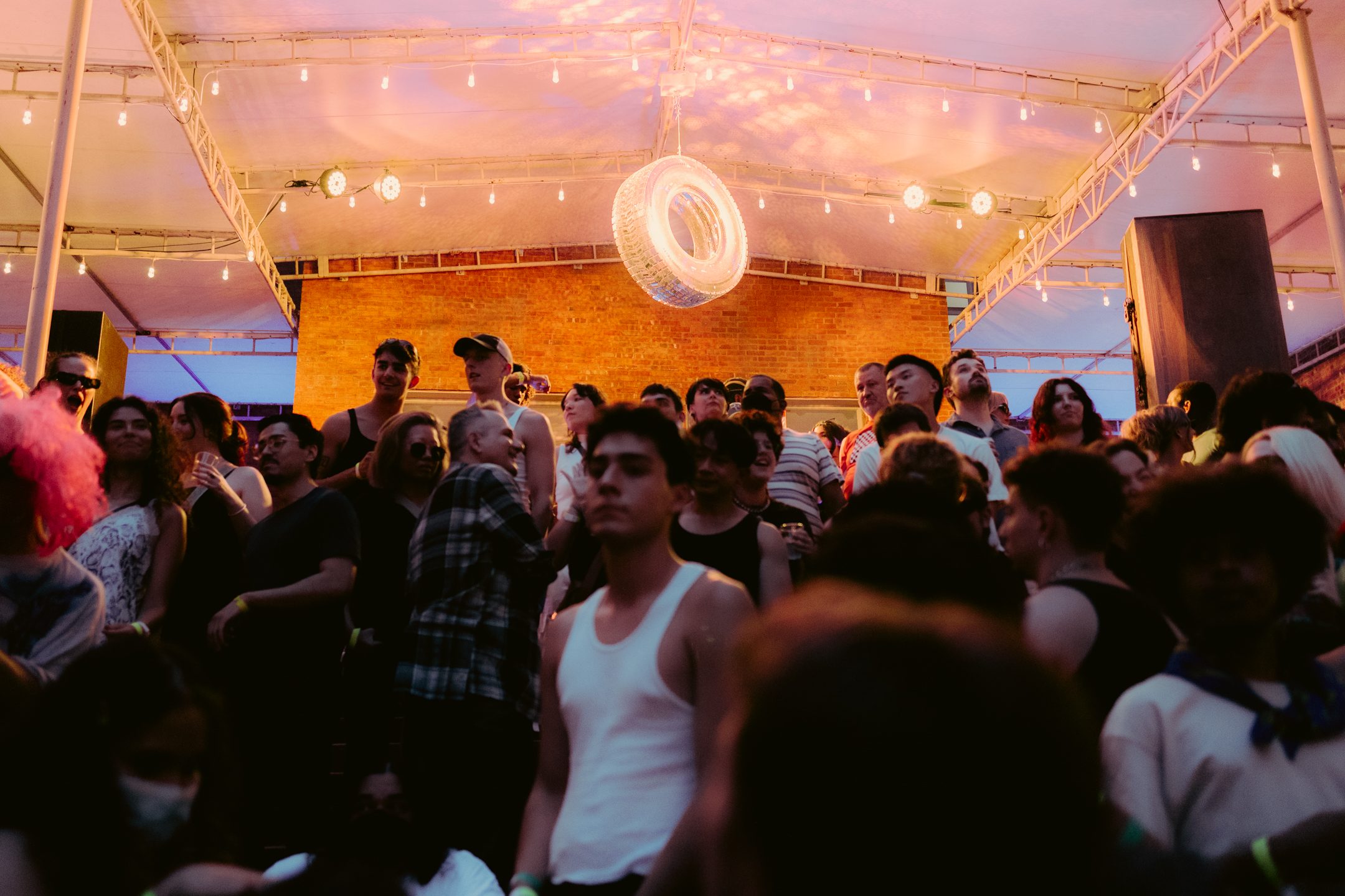As summer festival season reaches full swing, MoMA PS1’s Warm Up series tackles the annual task of crafting another legendary program. Since its conception in 1998, Warm Up has hosted a variety of artists, from Skrillex to Boogie Wit Da Hoodie. This year’s lineup continues Warm Up’s tradition of bringing a broad range of genres to the MoMA stage.
For over two decades, Warm Up has been developed on MoMA’s initiative to increase the accessibility of contemporary music. Unlike most summer concert series, Warm Up is open to all ages, giving those who can’t frequent clubs the chance to see artists like legendary techno DJ Terrence Dixon in the flesh. Many of the artists that have performed in the PS1 courtyard could otherwise only be found in exclusive art spaces or nightclubs. Madlib’s 2004 performance would’ve been otherwise inaccessible to the young teens that still fill the PS1 courtyard today.
The collection of artists ranging from UNIIQU3’s iconic Jersey club beats to dubstep pioneer Kode9 comes from PS1’s unique position as a museum putting on a nightlife-adjacent music program. Kari Rittenbach, Assistant Curator, says that much of the process behind curation comes from viewing the series through the perspective of an arts institution.
“We think of our everyday museum audience,” Rittenbach explains. “That’s very different to what you might do in a club scenario or even for a party that you’re running monthly.”
Nightclubs and music festivals tend to have both a set audience and genre – curation is tailored quite narrowly. Warm Up curates expansively; operating around one of the most important art institutions in the country means programming artists that will offer something for the diversity of a modern museum audience while keeping new music at the forefront. Sounds that typically wouldn’t share a bill in those settings are found paired at PS1, where in 2012 experimental visionary Arca was found on the same lineup as house producer Todd Terry. Programming from this lens brings exciting, almost clashing lineups every year. Having this variety is intentional, according to Warm Up organizers.
“Those juxtapositions are something that we want,” says Nick Scavo, Senior Project Manager at MoMA PS1.
Still, operating through a museum has its drawbacks. Warm Up doesn’t operate with the same budget as festivals like Coachella, and instead relies on community ties to keep the series flourishing.
“When we had Thom Yorke, it was because Four Tet had played and mentioned that he had a good time,” a previous curator said to Vice in 2014.

Public access to contemporary art experiences are still the purpose of the series, but Warm Up has evolved in its path to get there. Post-pandemic, Scavo says, PS1 curators have refocused on the experimental aspect of Warm Up that propelled its earlier years. In years past, hosting and curation committees for Warm Up have largely featured industry professionals with more administrative backgrounds. Since COVID, however, PS1 has shifted to a rotating artist-centered panel.
“We felt that the connection between art and music was one that we wanted to reestablish,” says Rittenbach. “So, a lot of the artists that we’ve invited to join our rotating host committee in the last [few] years are artists who have musical projects or people who do music but are a little more underground.”
The transformation is evident. Though Warm Up has always centered underground, contemporary music, this is one of the first years that pure performance art was included in the series. Performance artist FITNESSS’ set on July 19th was certainly a deviation from the more typical DJ sets audiences have come to know. For around an hour, FITNESSS dragged his body against the gravel of the PS1 courtyard, flailing and embracing crowd members to a pastiche score of operatic orchestras and PinkPantheress.
This year’s lineup also deviated from typical performances like that of Cardi B’s in 2017. Though more traditional performances could still be found in the likes of Slimesito’s appearance with evilgiane and Safety Trance’s DJ set, the tides at PS1 have expanded to include a wider variety of performance for musicians. Earlier this month, this shift could be seen in Lolina’s set done entirely reclined on a couch, as well as UNIIQU3’s combination of DJ and performance in an homage to club emceeing.
Though the series does center local, underground artists, those interested in catching artists before stadium tours would be remiss to neglect Warm Up. Warm Up seems to have a crystal ball to the alternative stars of the next 5 years; iconic names like SOPHIE and Eartheater were hosted years before the albums that propelled them into the mainstream. This year’s lineup may be no different. evilgiane recently experienced his first mainstream successes with production for Kendrick Lamar and Earl Sweatshirt, and if Warm Up’s curation of rap stars in the past is any indication, it won’t be the last he sees of the charts.
Scavo says that stardom, or potential stardom, is incidental, rather than a factor they look for. Warm Up looks for artistry beyond virality. For musicians, this means promising artists of varying fame get the opportunity to play to one of the most diverse audiences in the city. For audiences, Warm Up has become one of the most dependable events of the summer.
“It’s always a gateway party, because it’s all ages,” Rittenbach says. The first set starts at 5pm, before sundown and the last performance wraps up by 10, having you home by midnight. This might not be the concert series to rave into the wee hours of the night, but it is certainly a gateway party to art, nightlife, and what good music really makes: community.

